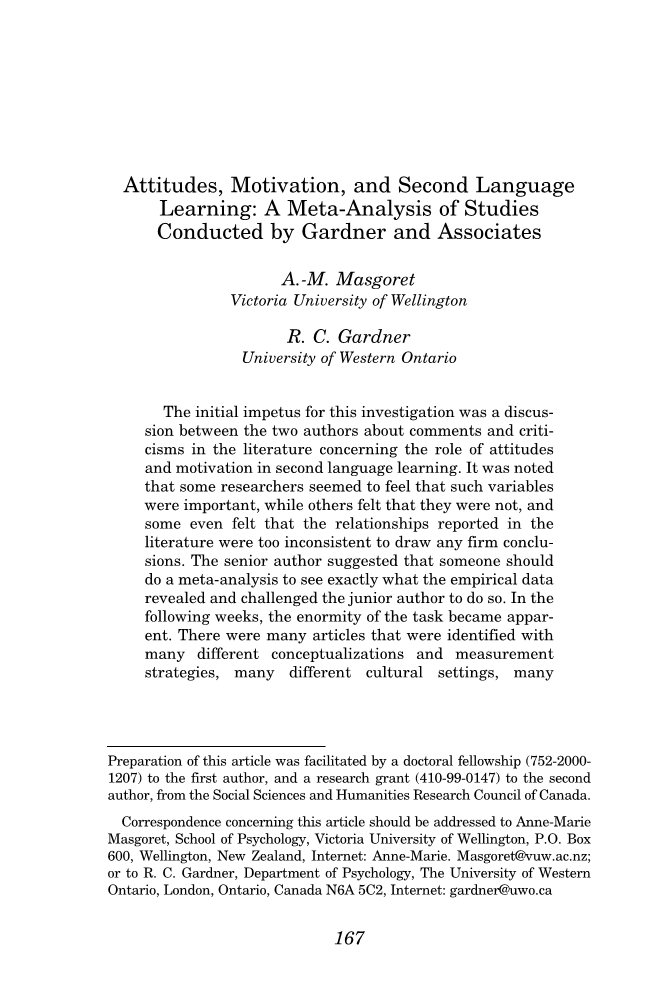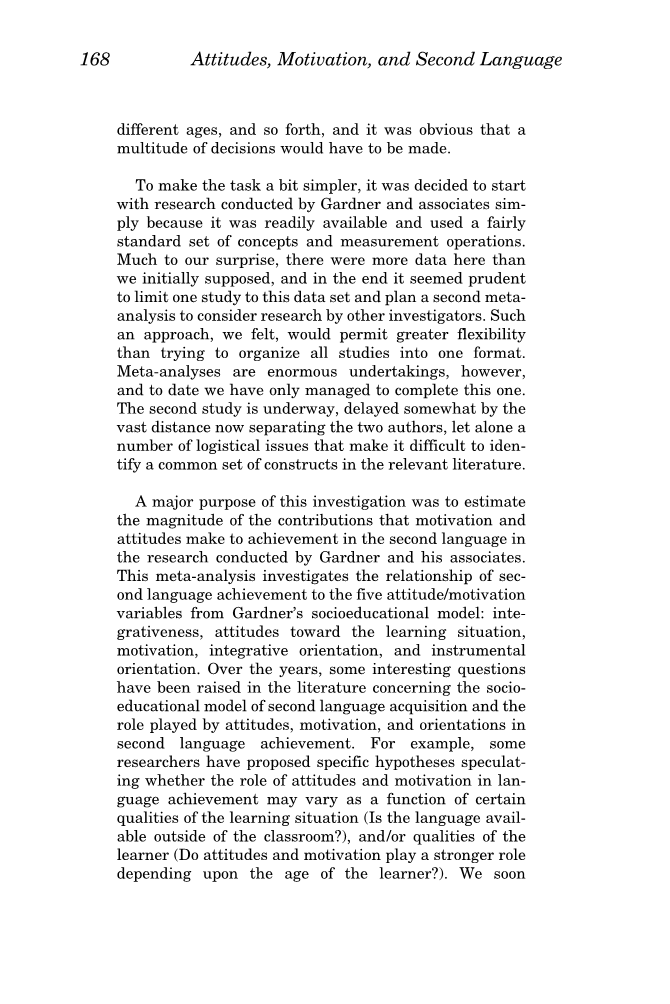学生的数学学习方法 - 使用适应的SPQ的有效性和探索外文翻译资料
2022-08-12 16:26:47


英语原文共 44 页,剩余内容已隐藏,支付完成后下载完整资料
附录
A外文文献
Student Approaches to Learning in Maths – Validity and Exploration Using Adapted SPQ
Manjula Devi Sharma*1, Chris Stewart1, Rachel Wilson1, and Muhammed Sait Gouml;kalp2
Received 22 December 2012; Accepted 9 March 2013 Doi: 10.12973/ijese.2013.203a
Abstract: The aim of this study was to investigate an adaptation of the Study Processes Questionnaire for the discipline of maths. A total of 2030 first year maths students at an Australian metropolitan primary school completed the questionnaire over three different year cohorts. The resultant data has been used to explore whether the adaptation of the questionnaire is justifiable and if meaningful interpretations can be drawn for teaching and learning in the discipline. In extracting scales for deep and surface approaches to learning, we have excised several items, retaining an adequate subset. Reflecting trends in literature, our deep scale is very reliable while the surface scale is not so reliable. Our results show that the behaviour of the mean scale scores for students in different streams in first year maths is in agreement with expectations. Furthermore, different year cohort performance on the scales reflects changes in senior high school syllabus. Our experiences in adaptation, validation and checking for reliability is of potential use for others engaged in contextualising the Study Processes Questionnaire, and adds value to the use of the questionnaire for improving student learning in specific discipline areas
Keywords: Student approaches to learning, learning in disciplines, primary school maths education
Introduction
Since the mid 1960rsquo;s a series of inventories exploring student learning in primary education have been developed based on learning theories, educational psychology and study strategies. For reviews of the six major inventories see Entwistle and McCune (2004) and Biggs (1993a). As can be seen from the reviews, these inventories have two common components. One of these components is related to study strategies and the other one is about cognitive processes. Moreover, these inventories usually have similar conceptual structures and include re-arrangement of the items (Christensen et al., 1991; Wilson et al., 1996).
In the current study, as one of these inventories, The Study Processes Questionnaire (SPQ) has been selected to be adapted for use in maths. The SPQ is integrated with the presage-process-product model (3P model) of teaching and learning (Biggs, 1987). Several studies have successfully used the SPQ across different cultures and years to compare studentsrsquo; approaches in different disciplines (Gow et al., 1994; Kember amp; Gow, 1990; Skogsberg amp; Clump, 2003; Quinnell et al., 2005; Zeegers, 2001). Moreover, several other researchers used modified version of the SPQ at their studies (Crawford et al. 1998a,b; Fox, McManus amp; Winder, 2001; Tooth, Tonge, amp; McManus, 1989; Volet, Renshaw, amp; Tietzel, 1994). For example, Volet et al (2001) used a shortened SPQ included 21 items to assess cross cultural differences. Fox et al (2001) modified the SPQ and tested its structure with confirmatory factor analysis. In their study the modified version of the SPQ had 18 items, and this shortened version had same factor structure as the original SPQ. In another study, Crawford et al. (1998a, b) adapted the SPQ for the discipline of mathematics. That adapted questionnaire was named as Approaches to Learning Mathematics Questionnaire.
Three different approaches of the students to learning are represented in the SPQ: surface, deep, and achieving approaches. Idea of approaches to learning was presented by Marton and Sauml;ljouml; (1976) and further discussed by several other researchers (eg. Biggs, 1987; Entwistle amp; Waterston, 1988). Basically, surface approach indicates that the studentsrsquo; motivation to learn is only for external consequences such as getting the appreciation of the teacher. More specifically, it is enough to fulfill course requirements for the students with surface approach. On the other hand, a deep approach to learning indicates that the motivation is intrinsic. This approach involves primary quality of learning outcomes (Marton amp; Sauml;ljouml;, 1976; Biggs, 1987). Students with deep approach to learning try to connect what they learn with daily life and they examine the content of the instruction more carefully. On the other hand, achieving approach is about excelling in a course by doing necessary things to have a good mark. However, current study is not focused on this approach. Only the first two approaches were included in the adapted SPQ.
Inventories like the SPQ are used in primary education because of several reasons. Such inventories can help educators to evaluate teaching environments (Biggs, 1993b; Biggs, Kember, amp; Leung, 2001). Moreover, with the use of these inventories, primary school students often relate their intentions and study strategies for a learning context in a coherent manner. On the other hand, the SPQ is not a discipline specific inventory. It can be used across different disciplines. However, in a research study, if the research questions are related with the common features of learning and teaching within 3P model framework, the SPQ can be used satisfactorily for all disciplines. But, a discipline specific version of the SPQ is required if resolution of details specific to a discipline area is necessary for the research questions.
Moreover, in order to reduce systematic error and bias that can be resulted from students in different discipline areas; a discipline specific version may be required. As a community of educators, we are aware that thinking, knowing, and learning processes can differ acros
剩余内容已隐藏,支付完成后下载完整资料
资料编号:[484857],资料为PDF文档或Word文档,PDF文档可免费转换为Word
课题毕业论文、开题报告、任务书、外文翻译、程序设计、图纸设计等资料可联系客服协助查找。



